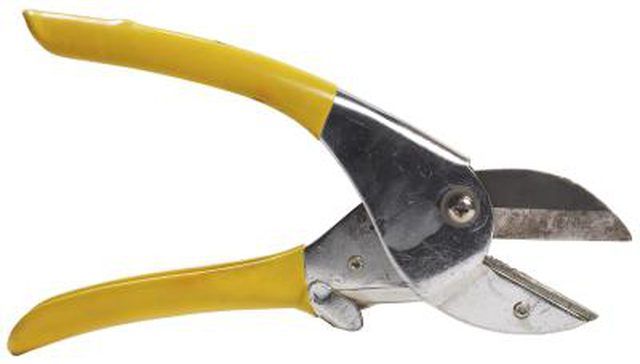Bulbs
Flower Basics
Flower Beds & Specialty Gardens
Flower Garden
Garden Furniture
Garden Gnomes
Garden Seeds
Garden Sheds
Garden Statues
Garden Tools & Supplies
Gardening Basics
Green & Organic
Groundcovers & Vines
Growing Annuals
Growing Basil
Growing Beans
Growing Berries
Growing Blueberries
Growing Cactus
Growing Corn
Growing Cotton
Growing Edibles
Growing Flowers
Growing Garlic
Growing Grapes
Growing Grass
Growing Herbs
Growing Jasmine
Growing Mint
Growing Mushrooms
Orchids
Growing Peanuts
Growing Perennials
Growing Plants
Growing Rosemary
Growing Roses
Growing Strawberries
Growing Sunflowers
Growing Thyme
Growing Tomatoes
Growing Tulips
Growing Vegetables
Herb Basics
Herb Garden
Indoor Growing
Landscaping Basics
Landscaping Patios
Landscaping Plants
Landscaping Shrubs
Landscaping Trees
Landscaping Walks & Pathways
Lawn Basics
Lawn Maintenance
Lawn Mowers
Lawn Ornaments
Lawn Planting
Lawn Tools
Outdoor Growing
Overall Landscape Planning
Pests, Weeds & Problems
Plant Basics
Rock Garden
Rose Garden
Shrubs
Soil
Specialty Gardens
Trees
Vegetable Garden
Yard Maintenance
How to Root Tulip Tree Cuttings
How to Root Tulip Tree Cuttings. The tulip tree, Liriodendron tulipifera, is a deciduous semi-hardwood tree. The tree is native to the eastern United States, but it is a hardy tree that can withstand freezing temperatures and can be cultivated in most states. It is typically propagated by grafting or from seed, and rooting tulip tree cuttings can...

The tulip tree, Liriodendron tulipifera, is a deciduous semi-hardwood tree. The tree is native to the eastern United States, but it is a hardy tree that can withstand freezing temperatures and can be cultivated in most states. It is typically propagated by grafting or from seed, and rooting tulip tree cuttings can be challenging. Cuttings should be taken in mid-July to early fall from recent growth that is only partially mature and rooted for spring planting.
Things You'll Need
Pruning shears
Sharp knife
Rooting hormone with an IBH concentration of 0.8 percent or higher
Potting soil, or peat and perlite
Plastic wrap (optional)
Select a branch of current or last year's growth that is about 18 inches in length and cut diagonally at least 1 1/2 inches from where it connects to the trunk of the tree. Trim away any leaves or flowers on the cutting.
Use the knife to strip away just the bark from the bottom inch or two of the cutting to increase the area from which roots can develop, . This wounding technique is called heel cutting.
Dip the cutting in rooting hormone. If using a powdered hormone, pour out a small amount of powder and dip the wounded end of the cutting in it so the exposed inner tissue is evenly covered in a thin layer. Avoid contacting any other part of the cutting with the hormone.
Place the cutting approximately 8 inches deep into a well-draining and moist planting medium like potting soil or a mixture of peat and perlite.
Create a greenhouse effect with plastic wrap to help keep your cutting moist while it roots. Be sure to leave the cutting with room to breathe and open the plastic every few days to allow the air to circulate. Put the cutting in a place where it will receive indirect light.